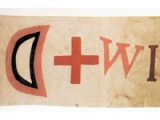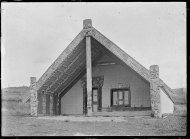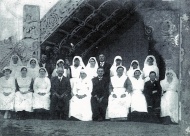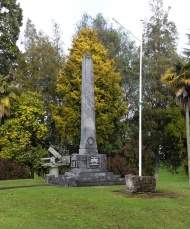Articles
Regional rugby

The passion and parochialism of provincial rugby helped give the game a special place in New Zealand’s social and sporting history. Read brief histories, highlights and quirky facts about each of New Zealand's 26 regional rugby teams.
- Page 11 - King Country rugbyHistory and highlights of rugby in the King Country
Te Kooti's war

Te Kooti Arikirangi Te Tūrukiwas one of the most significant Māori leaders of the 19th century. For nearly four years he waged a guerrilla war unlike any previous conflict in the New Zealand Wars. His influence continues to be felt in eastern Bay of Plenty and East Coast, where his Ringatū faith remains strong.
- Page 7 - Te Kooti goes to Te KūitiTe Kooti was invited to the King Country only if he came in peace. He responded defiantly that he was coming to ‘assume himself the supreme authority which he coming direct from
Rural service town 20 kilometres south-west of Ōtorohanga. A Māori village called Te Kūititanga stood at the entrance to the Mangaōkewa Gorge at the south end of present-day Te Kūiti. The second Māori king, Tāwhiao, lived there in exile after Waikato tribal lands were confiscated by the government following the land wars of the 1860s. In 1887 the main trunk railway line reached Te Kūiti (the line’s terminus until 1894), where a camp was set up to house construction workers. This formed the nucleus of a busy new township. The town’s fortunes lifted after farms were established to the south and west from the late 1890s. Te Kūiti has branded itself as the sheep-shearing capital of New Zealand. During the town’s annual Great New Zealand Muster, between 1,000 and 2,000 sheep run down the main street.



